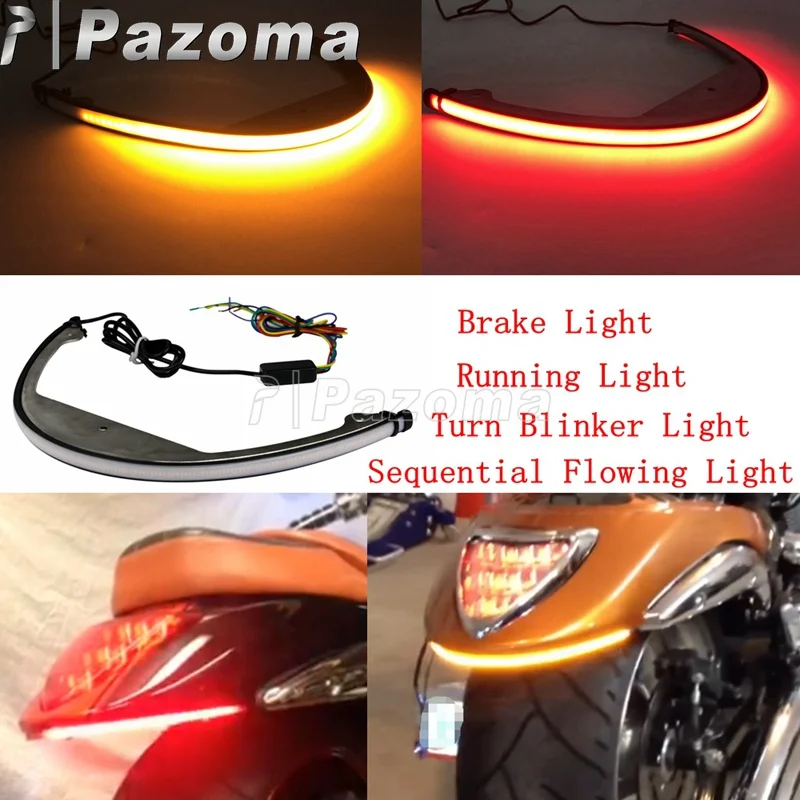

(b)Activation of front and rear turn signal lights on the left side of the vehicle. Appropriate signals are as follows: (1)To indicate a left turn either of the following: (a)Hand and arm extended horizontally from the left side of the vehicle.

Vehicle lighting equipment described in this section is vehicle lighting equipment for which standards are established under ORS 816.100 (Brake lights) and 816.120 (Turn signals). This section does not authorize the use of only hand and arm signals when the use of signal lights is required under ORS 811.405 (Failure to signal with lights).
#Hand signals for turning trial
Practice using the signals on a trial run or in a group setting to become comfortable with the routine.This section establishes appropriate signals, for purposes of the vehicle code, for use when signals are required while stopping, turning, changing lanes or suddenly decelerating a vehicle. The right signals can improve your confidence as a bicyclist on the road and keep you and others safe. Signal speed bumps and other horizontal obstacles by pointing down behind with a sweeping motion across the backside. Signal a tree branch or other hazard above the group by pointing to the sky. Make a motion behind you indicating that other riders should move over to give runners space. Runners typically run against traffic when there is not a sidewalk available. Unnoticed rocks, potholes, and debris can all cause accidents. If you see a road hazard, point at it as you pass to alert other riders to the obstacle. Extend your left hand down to the side and shake it to signal that the group is about to ride on an unstable surface. A rider in front may signal to another rider to draft by patting his left or right side of the back, indicating the best place for the rider to move close. Doing so reduces air resistance, making the ride slightly easier.

Drafting occurs when riders following another cyclist pull in close to the rear wheel of the rider in front. Use the same signals as you would on a solo ride. Once you see the leader make a signal, mimic it that other riders down the line receive the same message. The rider in the front of the group will typically signal the rest of the group. In a group, other common hand signals may be helpful for avoiding road hazards. Signals and Tips for Riding Bicycles in a Group In addition to using the appropriate hand signals, all bicyclists riding on the roads must obey all of the rules motorists are required to follow. Use the hand signal several feet before your turn or right as you begin to decelerate to give vehicles behind you a chance to react. Your hand should be pointed towards the road.Īll of the appropriate hand signals are easy to perform with one hand on the handlebars and one hand signaling. Anytime you need to make a sudden decrease in speed on the roadways, extend your left arm and bend it down at the elbow to make a 90 degree angle. Point in the direction of the turn or extend all fingers. Either extend your left hand out to the side and bend your forearm at the elbow to make a 90 degree angle (also useful for vehicles without or with malfunctioning turn signals), or fully extend your right arm out to the side. There are two acceptable ways to signal a right turn from a bicycle. Fully extend your left arm out to the side and either point to the left or extend all fingers. Here are the correct hand signals to use anytime you do not have access to lit turn signals, according to the National Highway Traffic Safety Administration: If your bicycle does not have turn signals for road riding, failing to use the prescribed hand signals can lead to a traffic citation or accident. Hand signals allow you, as a bicyclist, to signal your movements ahead of time and keep everyone using the roadways a little safer. Whether you ride your bike for transportation or recreation, communicating effectively with motorists is a much-needed skill that is often under-emphasized. Riding a bicycle can be a great way to get in a little exercise every day.


 0 kommentar(er)
0 kommentar(er)
